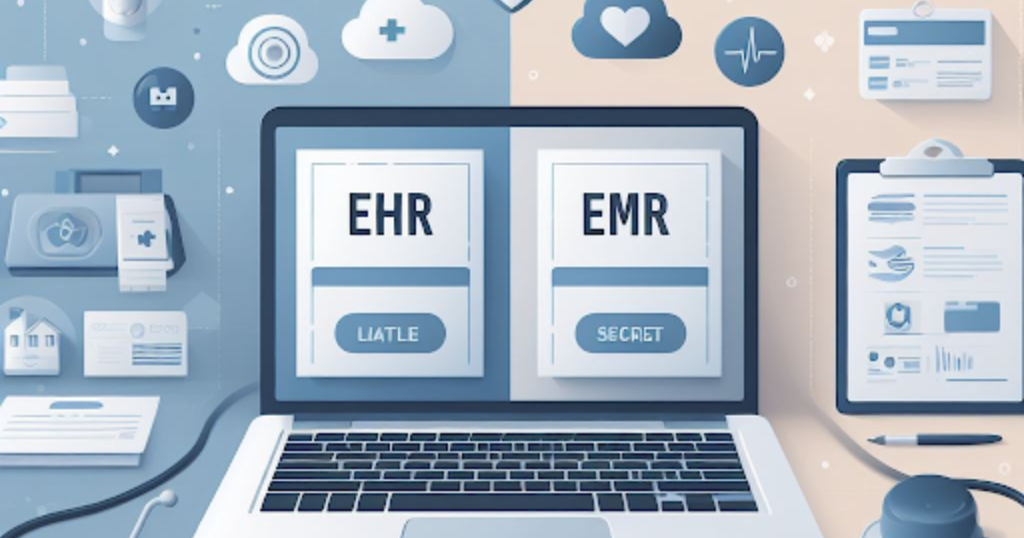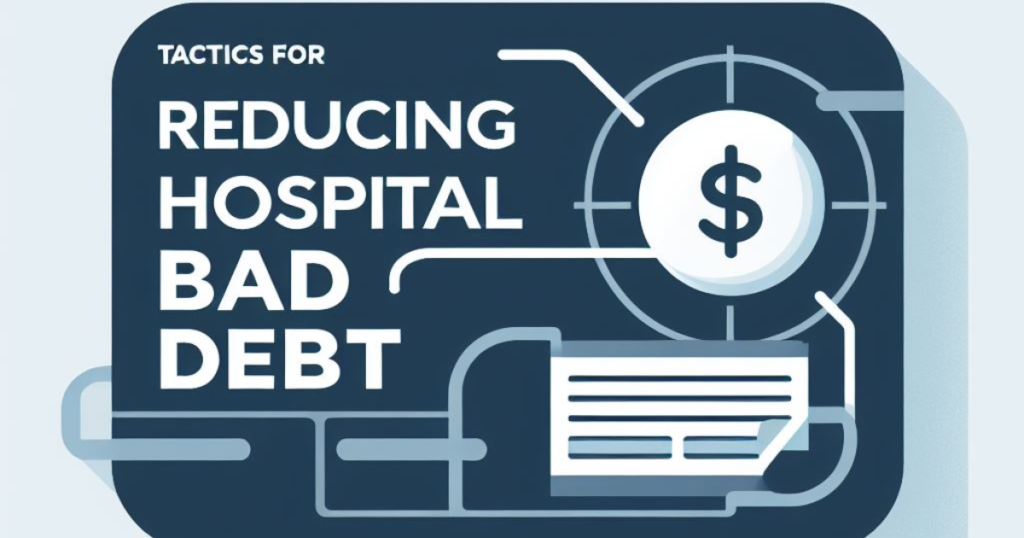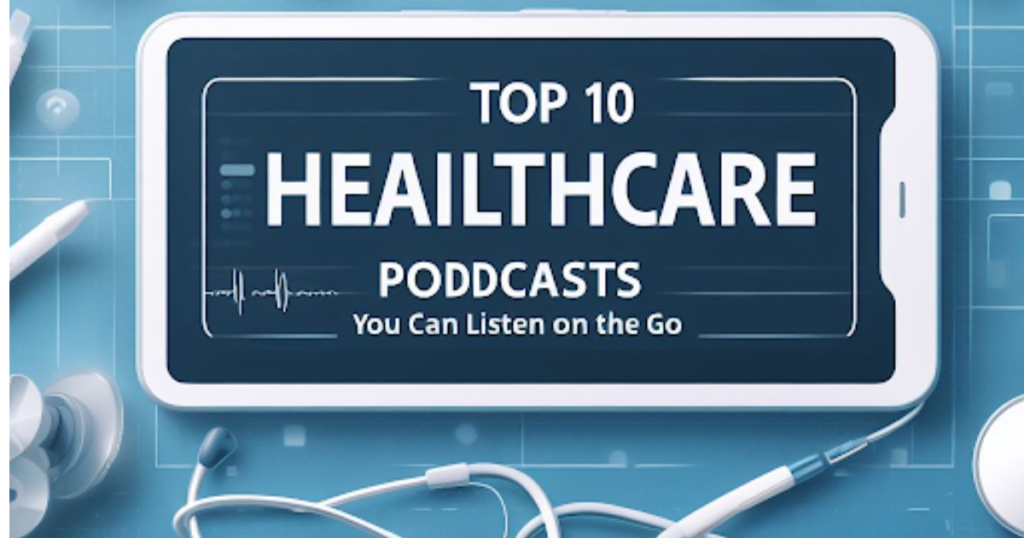
EHR vs EMR: Understanding the Difference The terms EHR (Electronic Health Record) and EMR (Electronic Medical Record) are often used interchangeably, but they actually have distinct meanings. In this article, we will explore the differences between these two important digital tools in healthcare and how they impact patient care.
1. The Difference Between Electronic Health Records (EHR) and Electronic Medical Records (EMR)
Electronic Health Records (EHR) and Electronic Medical Records (EMR) are both digital versions of a patient’s medical history, but they differ in terms of scope and accessibility. EMRs focus on the patient’s medical information within a single healthcare organization, such as a hospital or clinic. They primarily contain clinical data like diagnoses, medications, lab results, and treatment plans.
EHRs, on the other hand, encompass a broader view of a patient’s health by including information from multiple healthcare providers and organizations. They provide a comprehensive record that can be accessed by authorized individuals across different healthcare settings, allowing for better coordination of care. EHRs go beyond clinical data to include demographics, allergies, immunizations, social determinants of health, and even patient-generated data like wearable device measurements.
Key Differences:
- EMRs focus on medical data within one healthcare organization; EHRs integrate information from various sources.
- EHRs offer a more comprehensive view of a patient’s health by including non-clinical information.
- EHRs enable interoperability between different healthcare systems for improved care coordination.
Benefits of EHR over EMR:
- Better continuity of care: EHRs allow healthcare providers to access up-to-date patient information from different sources, leading to more informed decision-making.
- Improved patient safety: With comprehensive records that include medication lists and allergy information, EHRs help reduce medication errors and adverse reactions.
- Enhanced efficiency: EHRs streamline workflows by automating tasks like prescription refills and appointment scheduling, saving time for both patients and healthcare providers.
2.1 EHRs and EMRs: Understanding the Difference
EHRs (Electronic Health Records) and EMRs (Electronic Medical Records) are both digital systems used to store patient information, but they differ in scope and functionality.
An EHR is a comprehensive electronic record of a patient’s health information that is accessible by authorized healthcare providers across different organizations or healthcare settings. It contains a wide range of data including medical history, diagnoses, medications, allergies, immunizations, lab results, radiology images, and more. The primary purpose of an EHR is to provide a complete view of a patient’s health information to facilitate coordinated and continuous care.
On the other hand, an EMR is primarily used within a single healthcare organization or practice to capture and store patient data generated during clinical encounters. It typically focuses on medical and treatment-specific information such as doctor’s notes, prescription records, test results, and treatment plans. While an EMR may not offer the same level of interoperability as an EHR, it still serves as a valuable tool for healthcare providers in managing patient care within their own practice.
2.2 Storage Formats: Structured vs Unstructured Data
EHRs and EMRs also differ in how they store patient information in terms of data formats.
2.2.1 EHRs: Structured Data
EHRs use structured data formats to organize patient information in predefined categories or fields. This allows for efficient data entry, retrieval, analysis, and exchange between different systems. Examples of structured data elements in an EHR include standardized codes for diagnoses (e.g., ICD-10), medications (e.g., RxNorm), laboratory results (e.g., LOINC), and procedures (e.g., CPT). The use of structured data in EHRs enables automated decision support, data analytics, and interoperability among different healthcare systems.
2.2.2 EMRs: Unstructured Data
In contrast, EMRs often rely on unstructured data formats, where information is captured in free-text narrative form. This allows healthcare providers to document patient encounters in a more flexible and expressive manner, using their own language and style. However, unstructured data can pose challenges for data analysis and exchange since it requires manual interpretation and may lack standardization. Nevertheless, advancements in natural language processing (NLP) technologies are enabling the extraction of structured information from unstructured clinical notes within EMRs.
2.3 Benefits and Limitations of EHRs and EMRs
Both EHRs and EMRs offer several benefits but also come with their respective limitations.
2.3.1 Benefits of EHRs
- Easier access to comprehensive patient information across different healthcare settings
- Improved care coordination and communication among healthcare providers
- Enhanced patient safety through medication reconciliation and allergy alerts
- Better clinical decision support through automated reminders and guidelines
- Efficient documentation, coding, billing, and revenue management processes
- Data-driven insights for population health management and research purposes
2.3.2 Limitations of EHRs
- Potential privacy concerns regarding the security of sensitive patient information
- Limited interoperability between different EHR systems due to variations in standards
- Possible workflow disruptions during implementation or system upgrades
- Financial costs associated with EHR adoption, customization, and maintenance
- Potential data entry errors or duplication leading to inaccurate records
2.3.3 Benefits of EMRs
- Efficient capture and storage of patient-specific clinical information within a practice
- Faster access to recent notes and test results during patient encounters
- Improved legibility and organization of handwritten clinical documentation
- Easier tracking and management of prescriptions, referrals, and follow-up appointments
- Streamlined billing processes through integration with practice management systems
2.3.4 Limitations of EMRs
- Limited sharing of patient information outside the healthcare organization or practice
- Potential inconsistencies in documenting clinical data due to provider preferences
- Lack of interoperability with other healthcare systems or specialists’ EMRs
- Incomplete view of a patient’s health history if they receive care from multiple providers or settings
- Reliance on manual data entry, which can be time-consuming and error-prone
Conclusion:
In conclusion, Electronic Health Records (EHR) and Electronic Medical Records (EMR) are both digital versions of a patient’s medical history, but they differ in scope and accessibility. EMRs focus on medical data within one healthcare organization, while EHRs integrate information from multiple sources. EHRs offer a comprehensive view of a patient’s health by including non-clinical information and enable better care coordination between different healthcare systems. The benefits of EHR over EMR include improved continuity of care, enhanced patient safety, and increased efficiency in healthcare workflows.
FAQs
What is the main difference between EHR and EMR?
Why are EHRs better for care coordination?
EHRs enable authorized providers to access and share patient data across different healthcare settings, ensuring seamless communication and improved decision-making.
What type of data do EHRs include that EMRs don’t?
EHRs include non-clinical information such as demographics, immunizations, and social determinants of health, along with patient-generated data like wearable device metrics.
Are there any limitations to using EHRs?
EHRs can be costly to implement, face interoperability challenges, and may raise privacy concerns regarding sensitive patient data.
Can EMRs be converted to EHRs?
Yes, EMRs can often be transitioned into EHR systems, but this requires compatibility between systems and may involve additional costs and time for data migration.





